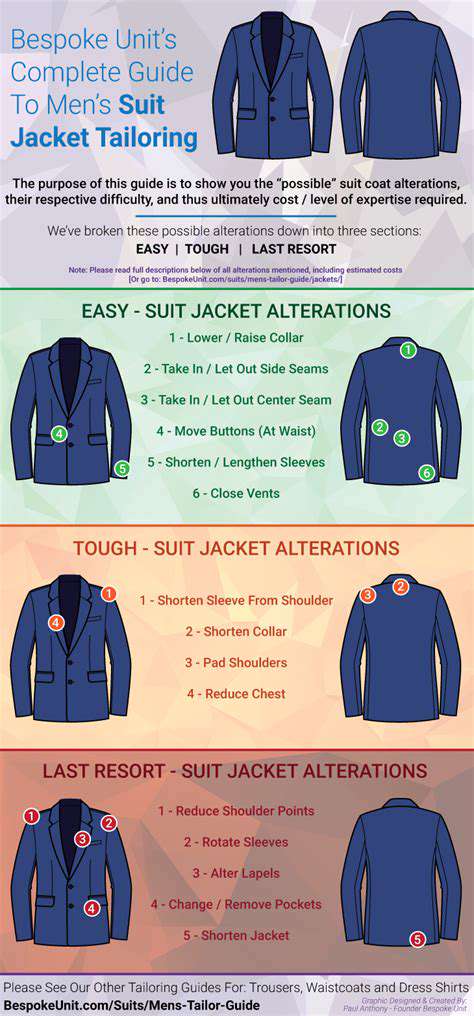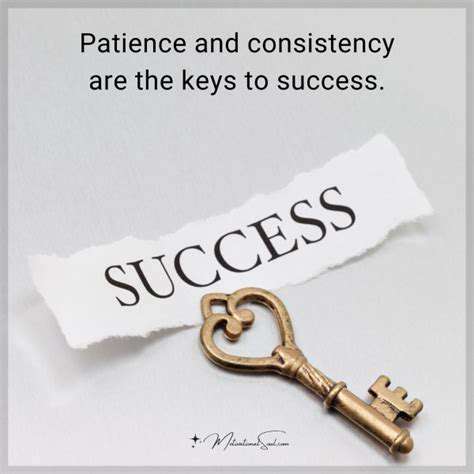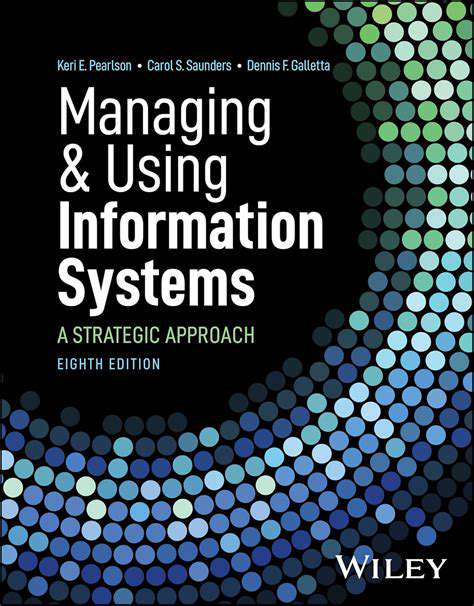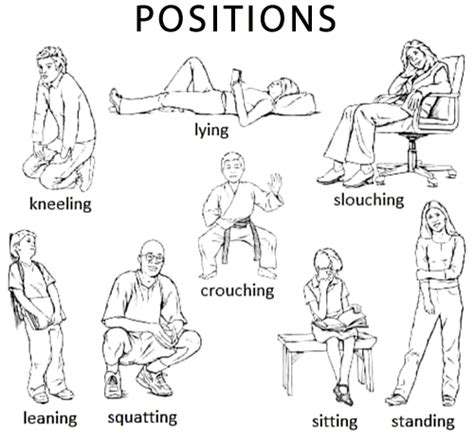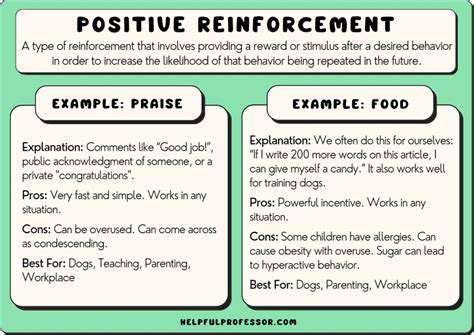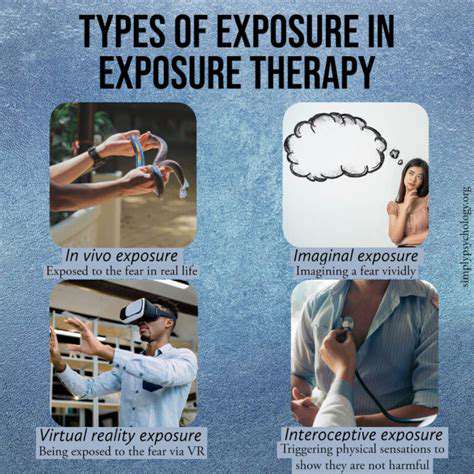Training Fearful Puppies in Basic Commands: Gentle and Patient Techniques
Understanding the Roots of Fear
Fear, in puppies and young dogs, is often a learned response to experiences. Early life events like harsh handling or sudden loud noises can create lasting impressions. Spotting these triggers early makes all the difference in shaping a confident adult dog. Watch for subtle signs - flattened ears, tucked tails, or avoidance behaviors reveal what unsettles your pup. Catching these cues allows for timely, gentle interventions that prevent fears from becoming ingrained habits.
Pinpointing exact triggers requires Sherlock-level observation. Does your dog freeze at construction sounds? Hide from visitors? React to specific objects? Keep a behavior log - noting reactions to daily events helps identify patterns. This detective work forms the basis for customized training that addresses your dog's unique concerns rather than generic solutions.
Building Trust and Confidence
Trust forms the bedrock of fear-free training. Ditch punitive methods - they only confirm a dog's worst fears. Instead, become your pup's security blanket. When introducing something potentially scary, pair it with chicken bits or playtime to rewrite the emotional script. If your dog retreats from the vacuum cleaner, start by rewarding calm behavior when it's silent across the room, gradually decreasing distance over weeks.
Micro-sessions work miracles. Five minutes of positive exposure daily beats marathon training that exhausts both of you. Celebrate tiny wins - if your noise-phobic pup takes a treat near a dropped spoon, that's progress worth marking. These incremental victories build resilience far better than pushing dogs past their comfort thresholds.
Create safety zones - a crate with a favorite blanket or a quiet corner teaches dogs they can opt out when overwhelmed. This control reduces panic reactions. Maintain predictable routines too; dogs thrive on knowing what comes next. Feed, walk, and train at consistent times to minimize stress spikes that exacerbate fears.
Desensitization and Counter-Conditioning: Gradual Exposure to Triggers
Understanding Desensitization
Desensitization works like allergy shots for emotions - tiny exposures build tolerance. Start absurdly small: if your dog panics at doorbells, play a recording at whisper volume while dispensing steak bites. The key is keeping intensity below the fear threshold while the positive association takes root. Over weeks, incrementally increase volume as your dog remains relaxed.
Counter-Conditioning: Rewriting Emotional Responses
This technique flips fear on its head. Suppose your dog dreads nail trims. Begin by simply showing the clippers while doling out cheese. Next session, touch a paw with clippers in view. The magic happens when scary thing predicts amazing treats instead of discomfort. Soon, your dog may bring you the clippers hoping for snacks!
Real-World Application
For leash-reactive dogs, start training during off-peak hours at 50+ yards from other dogs. The moment your dog notices the trigger but before reacting, mark and reward. This timing teaches seeing other dogs means chicken! rather than lunging. Gradually decrease distance as your dog maintains calm focus on you.
Memory lapses can be one of the first noticeable changes when cognitive decline begins. Minor forgetfulness might involve struggling to recall recent conversations. When these occur with increasing frequency and disrupt daily life - like forgetting weekly appointments - it warrants medical consultation.
Patience and Consistency: The Pillars of Success

The Compound Effect
Five minutes of daily training yields better results than two-hour weekend marathons. Neural pathways strengthen through repetition, not intensity. Think of fear reduction like fitness - no one expects six-pack abs after one gym visit. Celebrate when your dog recovers from a startle faster than before - that's real progress.
Tracking Progress
Maintain a training journal with dates, distances, and reactions. When frustration hits, reviewing past entries reveals unnoticed improvements: Last month she bolted at thunder - today she only startled! These concrete records prevent discouragement during plateaus.

Read more about Training Fearful Puppies in Basic Commands: Gentle and Patient Techniques
Hot Recommendations
- The Impact of Early Socialization on a Dog's Interaction with Other Animals
- Car Travel and Puppy Socialization: Making the Journey a Positive Experience
- The Importance of Early Environmental Exposure for Puppy Development
- Taking Your Puppy to the Vet: Positive Socialization Strategies
- Making Training a Positive Experience for Your Puppy
- Public Transportation and Puppy Socialization: A Step by Step Guide
- Safe Socialization: Allowing Others to Pet Your Puppy
- Helping a Puppy Who Struggles with "Stay"
- Positive Puppy Interactions: Making Meetings with New Friends Fun
- No Treats Needed? Training Basic Commands with Verbal Praise
